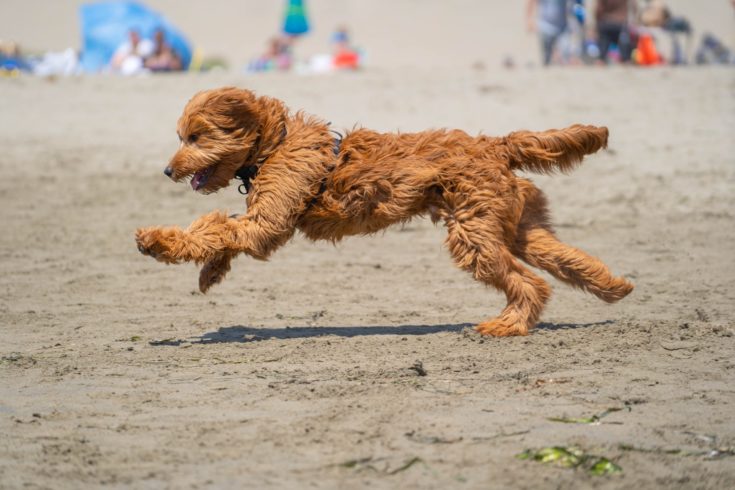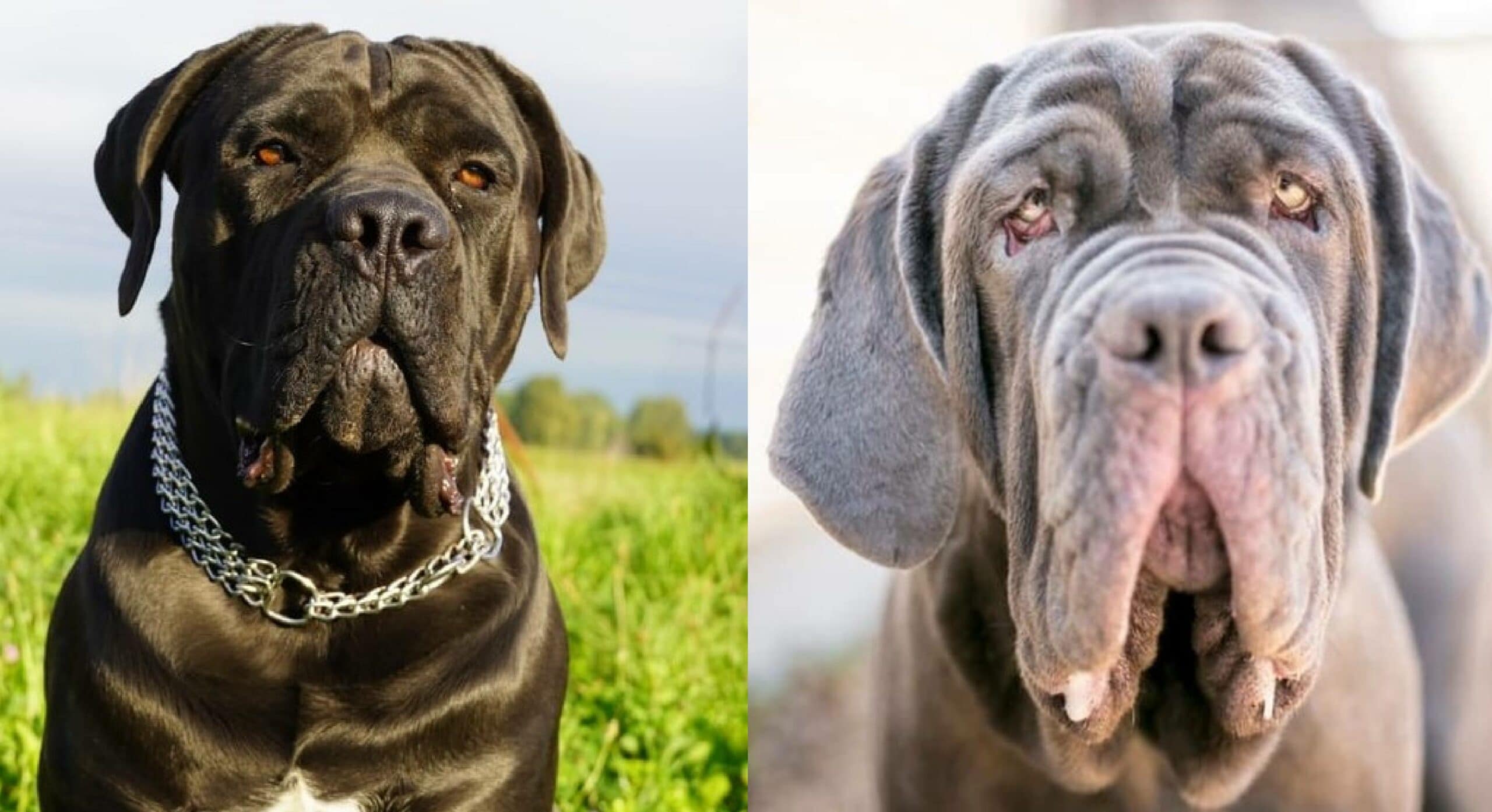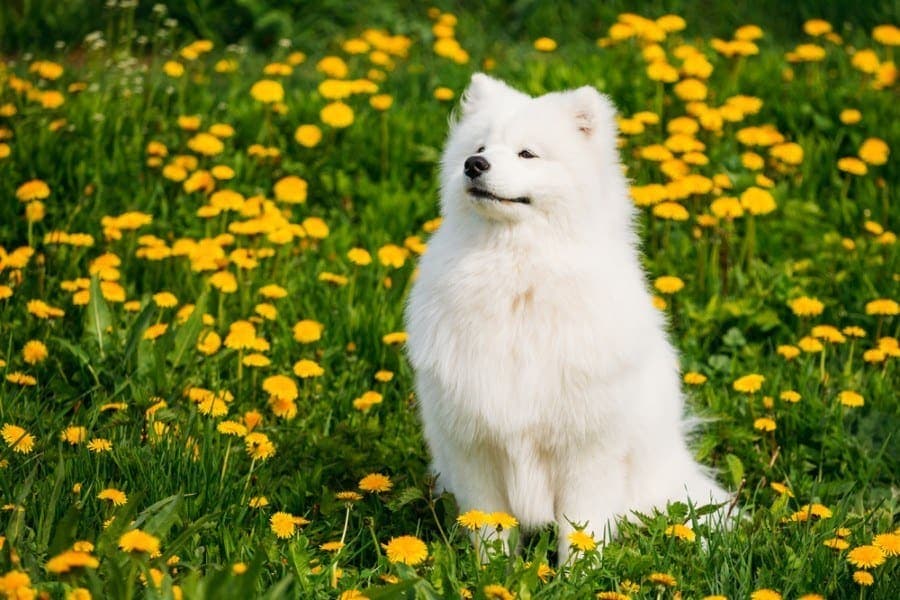Why Does My Dog Eat Dirt? 5 Vet-Reviewed Reasons
Updated on
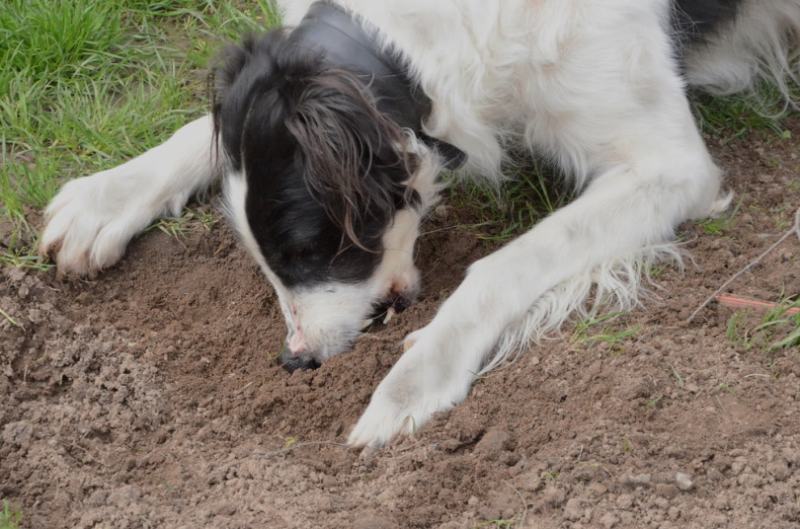
Click to Skip Ahead
When your dog sees dirt, is it a feast for the eyes? We’re not talking about eating dirt stuck to your dog’s treat. We’re talkin’ about skipping the treat and going straight for the earthy crunch.
Yeah, it’s weird. It seems that dogs will eat anything under the sun for no reason. But as we get to know dogs more, we learn that they often do have a reason for their behaviors, we just have to unlock the secrets of their brains.
This post discusses five of those “secrets” and how you can prevent your dog from eating dirt.
The 5 Typical Reasons Why Your Dog Eats Dirt
1. Boredom
The most common reason dogs eat anything they’re not supposed to is boredom. If you don’t give a dog something to do, they will find something to do, and it will most likely be something destructive or disgusting, or preferably, both!
Some dogs like eating pillow cushions and shoes, some like to rip up the bathroom tile, and others like to eat dirt. It’s just a dog thing; “gross” is not in their vocabulary.
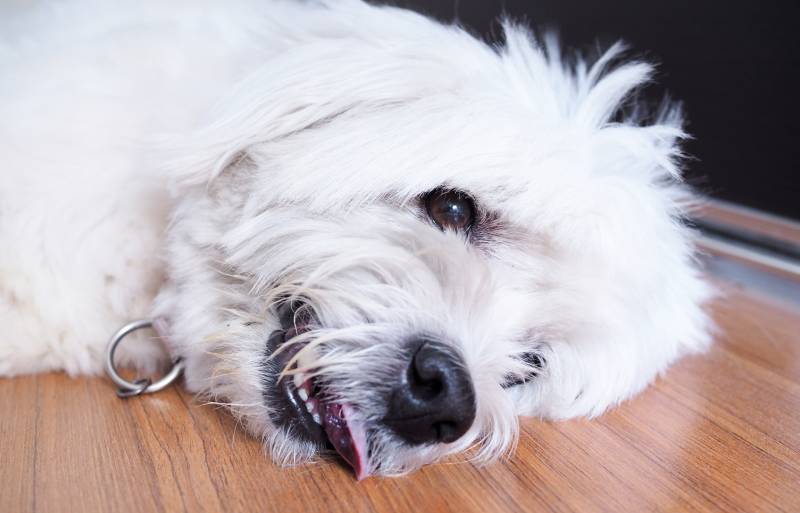
2. Stress & Anxiety
Stress and anxiety often go hand in hand with boredom, but sometimes, they’re unique behaviors. Dogs experiencing stress and anxiety could eat dirt as a self-soothing act, like a nervous habit.
3. Cushing’s Disease
Cushing’s Disease is when the adrenal glands produce too many hormones, and the symptoms result in increased hunger, thirst, and excessive urination.
Dogs with Cushing’s Disease are known to have Pica, a term that describes the ingestion of non-food-related items. The word “pica” comes from the Latin word for magpie; a bird that will pick up or eat just about anything. Dogs will eat anything and everything – including dirt and feces – to satisfy the hunger they feel when they have Cushing’s Disease.
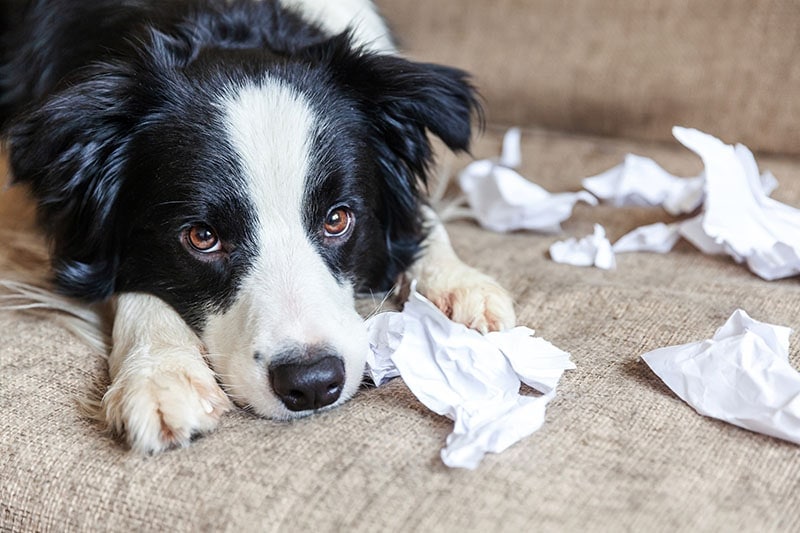
4. Hunger
Sometimes, your dog is actually hungry. Dogs find lots of non-food items tasty, including dirt. Perhaps it’s the crunch?
5. Anemia
Interestingly, Pica strongly correlates with anemia in humans and animals. Depending on location, the soil has several minerals, including iron, that can satisfy this deficiency. Often, the unusual eating behaviors disappear when there’s no longer an iron deficiency.
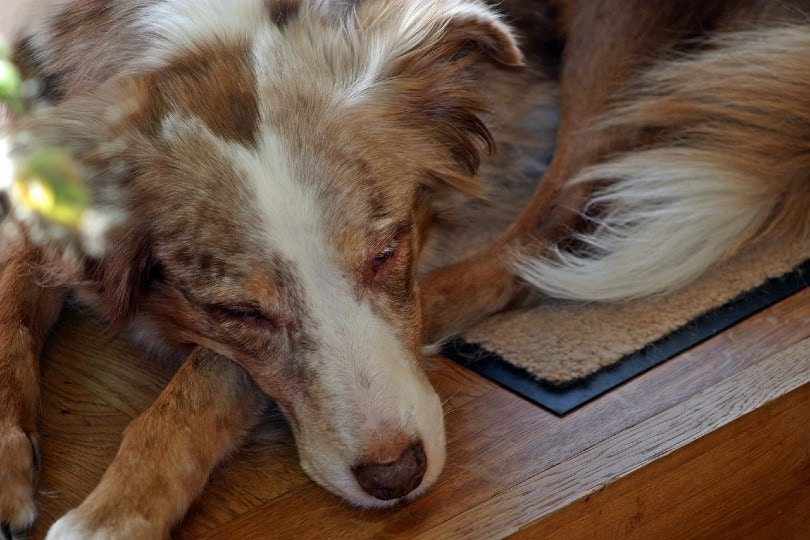
Dangers of Eating Dirt
Besides the lack of flavor, eating dirt can pose medical issues if your dog eats too much.
Impaction
The biggest risk of eating dirt is impaction. Sand and rocks mix with stool to form hard, uncomfortable bowel movements your dog can’t pass; talk about a concrete example of how eating dirt can become a problem! Constipation can lead to other health concerns and surgery in some cases.
Fertilizer and Pesticide Toxicity
Garden soil may contain fertilizer and pesticides that will poison your dog. The amount the soil contains varies, so the level of toxicity cannot easily be determined. However, the potential is there and, if your dog eats enough, it can be life-threatening.
Dental Damage
Sharp rocks can break and crack your dog’s beautiful teeth. Not all soil has sharp rocks, but the soil can wear down the teeth over time depending on how rough it is.
Parasites
Many parasites don’t walk or fly. Instead, they live for months or years in the soil, waiting for a host to continue their life cycle, and that host could be your dirt-eating hound.
Preventing Your Dog From Eating Dirt
It’s challenging to prevent your dog from eating anything, let alone something found all over the Earth. Nevertheless, there are steps you can take to minimize how much soil your dog eats.
1. First and foremost, give your dog something to do. Offer a few chewing toys and food puzzles, and exercise your dog frequently to prevent boredom.
2. Ensure your dog is well-fed and on the best diet possible. If needed, you can offer smaller meals more frequently so your dog feels fuller for longer.
3. Don’t leave your dog outside longer than it needs to be. Fence off garden areas and keep houseplants out of reach. If you need to keep your dog outside, offer chew toys to curb the crunchy craving for soil.
If you feel like you’ve done everything from preventing your dog from eating soil and your dog continues the behavior, it could be time to see a professional. Your veterinarian and behaviorist can work with you to determine the cause of the problem. You would hate to completely re-landscape the garden only to find that the problem is medical!
Conclusion
It’s not easy keeping your dog away from forbidden “foods.” In fact, it’s enough to make you yell and pull your hair out. But give yourself a break; dogs act on instinct, and sometimes that instinct tells them to eat dirt.
Granted, we need to keep our dogs safe, but when it comes to something that is relatively harmless, it helps to start with the simple steps mentioned above and see where to go from there.
See also:
- Why Does My Dog Eat Tissues? Vet Approved Reasons & 5 Ways to Stop It
- Why Does My Dog Eat My Hair? 7 Possible Reasons
Featured Image Credit: Kim Christensen, Shutterstock




